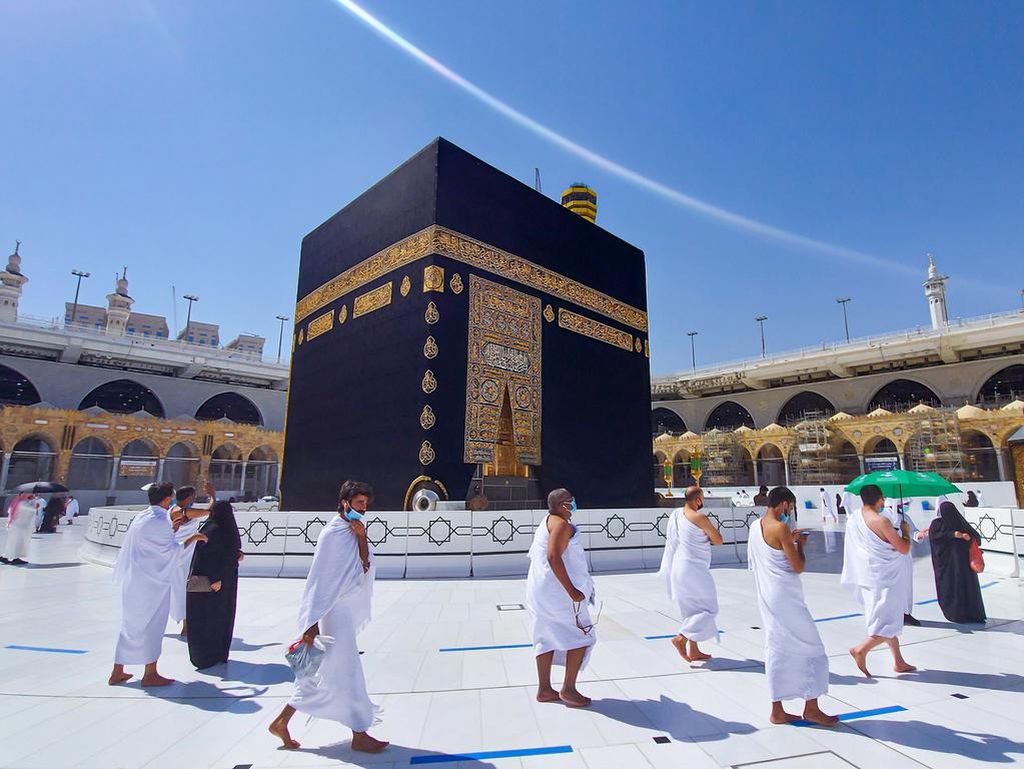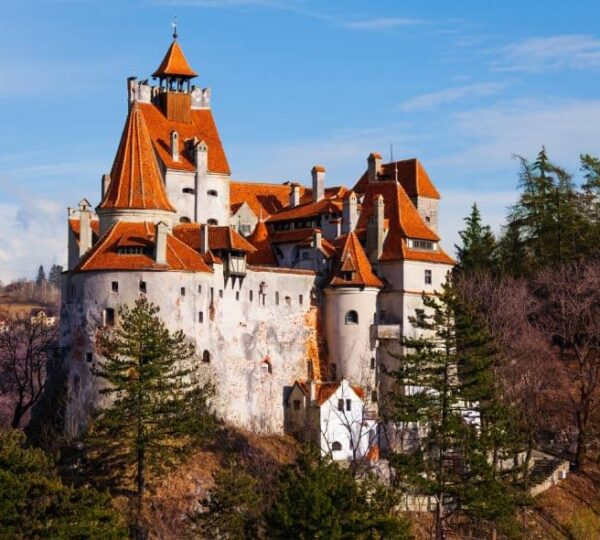
The Middle East is home to ancient cradles and civilisations, containing an incredible treasure of archaeological landmarks. From ancient wonders to locations of great importance in religion, the region reflects a deep and Historic past, full of treasures from remnants of empires and ancient cities down to sacred places, each narrating a distinct story of history. For those interested in exploring these wonders, Umrah Packages UK 2024 are an ideal opportunity to experience the spiritual significance and Historic beauty of this extraordinary region. These journeys combine history, culture, and spirituality into one unforgettable experience.
Bahrain Fort (Qal’at al-Bahrain) – Manama, Bahrain
Bahrain Fort is a UNESCO World Heritage site that tells the history of the island. It is located along the waterfront and provides an excellent view of the Manama skyline. The fort was originally built by the Portuguese in the 16th century, and it remains a testament to the strategic importance of the island. The fort features a moat and high protective walls, giving it a real defensive charm. The grounds are popular for evening strolls and jogs, especially at sunset. Nearby, the “painted village” south of the fort once boasted pastel-coloured murals, though many have now faded with time. Despite the surrounding area’s state of disrepair, Bahrain Fort remains remarkably well-preserved, standing proudly as one of Bahrain’s most significant landmarks.
Holy Kaba, Saudi Arabia
The Kaaba is the holiest place in Islam and is located within the Grand Mosque of Mecca. It serves as a central focus for Muslims, whom millions face its direction five times daily. Pilgrims from all over the world come to this revered site during Hajj and Umrah, making it a cornerstone of Islamic worship. The Kaaba is a cube-shaped structure drape in an elegant black and gold cloth known as the kiswah. It holds deep Historic significance and spans several centuries, making it one of the most important landmarks in the world. Every Muslim finds it a profound experience to visit the Kaaba.
The Red Security Prison – Sulaymaniyah, Iraq
Amne Suraka, or the Red Security Prison, is a place that represents the dark side of Iraq’s history. In the time of Saddam Hussein, this prison was a torture chamber and place of execution for thousands of Kurds. After these Kurdish fighters took over the prison in 1991, they converted it into a museum and memorial. The buildings still reflect the violence because of the scattered bullet holes and war relics everywhere in the courtyard. Inside, visitors can see the cells in which prisoners were held and tortur. Mannequins in various rooms present the horrific torture methods that were carried out in this place. Some of the most famous Kurdish rebels were jail and later execute. The prison is one of the essential locations of memory concerning the victims of Saddam’s regime.
Jerusalem – Israel and Palestine
This is consider one of the most spiritually charge cities around the world, with strong importance given by Christians, Jews, and Muslims. Some sacred landmarks, for example, the Western Wall, the Dome of the Rock, and the Church of the Holy Sepulchre exist in the Old City of Jerusalem. Jerusalem is a place of deep reverence and ongoing conflict as the centre of religious and Historic significance. Visitors are often caught in a maze of narrow streets, surround by the sounds of street vendors and religious pilgrims. Beneath the more famous sites, there are hidden gems like the birthplace of the Virgin Mary and the Ethiopian Monastery of Deir-Sultan. Regardless of your faith, the spiritual environment in Jerusalem is moving and cathartic.
Jerash – Amman, Jordan
Just 48 kilometres outside Amman sits the spectacularly preserved ancient Roman city of Jerash. The city features wide, collonaded streets, an impressive theatre, and intact city walls. Flourishing under the Roman times with its rich fertile farmlands and a thriving trade hub that connect Jerash to Petra, Jerash was abandone post invasions and a devastating earthquake in 747 AD. Jerash was rediscover in the 19th century and stands as one of the largest sites in the outside world of Italy. The ruin looks at the glorious aspect of urban planning and the architectural genius of the Romans.
Martyrs’ Museum – Qurain, Kuwait
The Martyrs’ Museum stands in the middle of a residential area and marks the Kuwaiti resistance during the Gulf War. The museum is located in an old house where a group of freedom fighters were hiding during the Iraqi occupation of 1991. The house has the visible marks of war, with holes from bullets and blown-out walls that tell the story of how fierce the resistance was here.
Holiday Inn Beirut – Beirut, Lebanon
The Holiday Inn in Beirut still is the image of a luxurious heaven-turn-nightmare, for it has to be a haunting reminder of the Lebanese Civil War. Constructed during the early 1970s, the hotel during the war became a prime target of snipers since it was located between the Christian and Muslim fronts. Today, it still lies deserted, with bullet holes and scars inflicted by the war evident on the wall. It is a silent witness to the destruction and fragmentation that characterised Beirut during the civil war.
Al Zubarah Fort – North Qatar
Amid the modern landscape of Qatar, Al Zubarah Fort stands out as the country’s only UNESCO World Heritage site. Locate in the remote north, the fort was built in 1938, long after the town had been abandon. Though not wholly unique in its Historic appeal. It provides few chances to explore an island of cultural and Historic features in the emirate. Al Zubarah was once a thronged trading town, and the fort remains standing from that era. For those looking to get away from the hypermodern city of Doha, this desert fort may provide a peaceful refuge.
Dadan Ancient Kingdom – Al Ula, Saudi Arabia
Not too far from the legendary Madain Saleh, Dadan Kingdom provides a glimpse of Saudi Arabia’s ancient past. The site is date to be around the 5th century BC, about several hundred years before Madain Saleh. The most characteristic feature of the site is the square-shape tombs carved out of the cliffs. Though the modern city of Al Ula is built on top of the ancient kingdom, remnants of the past still stand, offering a glimpse into the lives of those who live in this once-thriving kingdom.
Visit Time Business News for more informative blogs.
TIME BUSINESS NEWS







